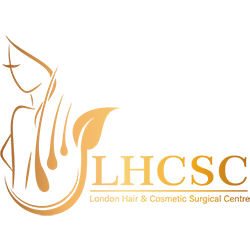As with all operations, there are some risks involved in having liposuction. Although the risks are unlikely, it is important to weigh them up against the potential benefits of the surgery.
Scars – There will be small scars from liposuction, usually in places that are not visible. These will usually be red at first, then purple, and then fade to become paler over 12 to 18 months. Occasionally, scars may become wider, thicker, red or painful, and you may need to have treatments to correct them.
Infection – It is rare for the wounds to get infected, but if they do you may need antibiotics.
Swelling & bruising – After the operation, there will be some swelling and bruising of the areas where liposuction was performed. This can take a while to settle. The larger the area treated, the more swelling and bruising there will be, and it can take weeks to settle.
<strong>Asymmetry</strong> – This is where the areas treated by liposuction are not symmetrical, particularly if a lot of fat has been removed. But these irregularities are usually minor and if the contours of where you have had liposuction are irregular, you may need corrective liposuction, or fat grafting (where fat from another area is injected), to smooth out the irregularities.
<strong>Increased or decreased sensation</strong> – After liposuction, it is common to have areas that are numb or more sensitive than usual. This usually settles within a few weeks.
<strong>Damage to deeper structures</strong> – Although rare, the surgery can damage deeper structures, including nerves, blood vessels, muscles, the bowel (the part of the intestine below the stomach) and other organs. There is a higher risk of this, if you have prior surgeries and/or scars in the area being treated.
<strong>Unsatisfactory result</strong> – Sometimes, patients are not satisfied with the result of their liposuction if the new contours or the amount of fat removed does not meet their expectations. It is important for you to understand that liposuction is NOT a treatment for obesity. The amount of fat that can be removed from an area is limited by what is safe (no more than 3 litres). So it may not be possible to slim down an area as much as you might like.
<strong>Change over time</strong> – The appearance of the areas where you had liposuction will change as a result of ageing, pregnancy or other circumstances not related to your liposuction, such as putting on or losing weight. You may need further surgery or other treatments to maintain the results of the liposuction.
<strong>Allergic reaction</strong> – Rarely, allergic reactions to tape, stitches or solutions have been reported. If you have an allergic reaction, you may need extra treatments.
